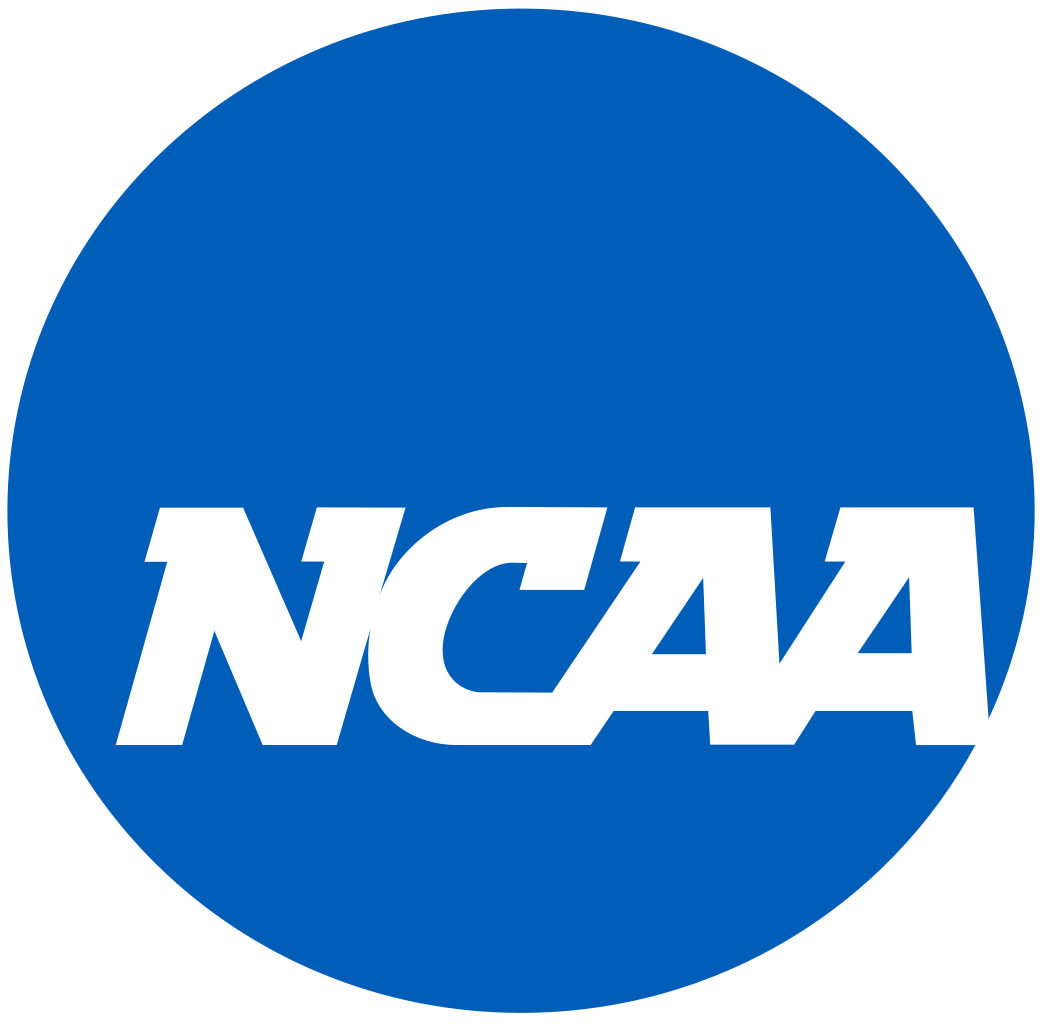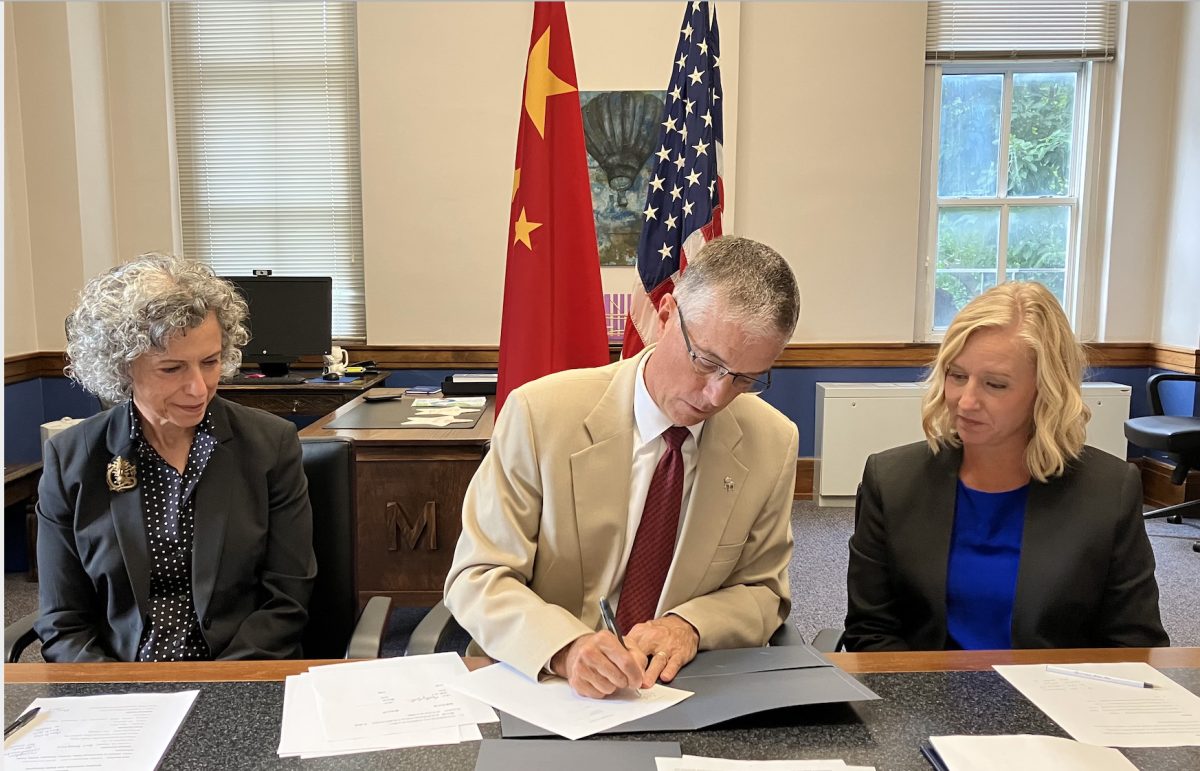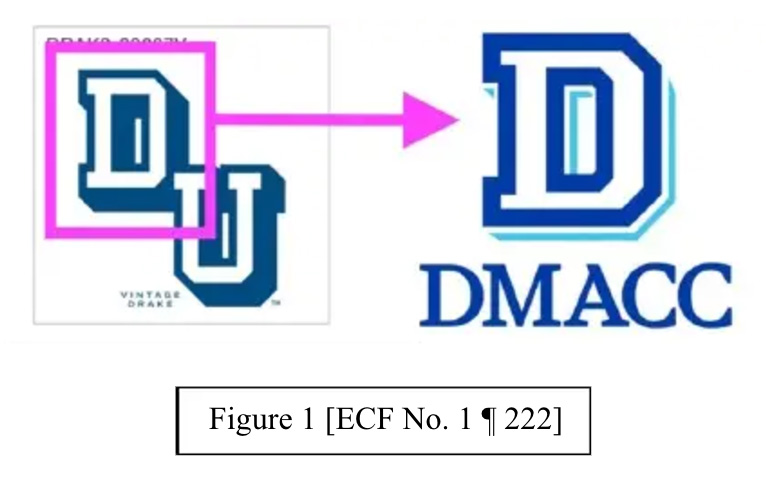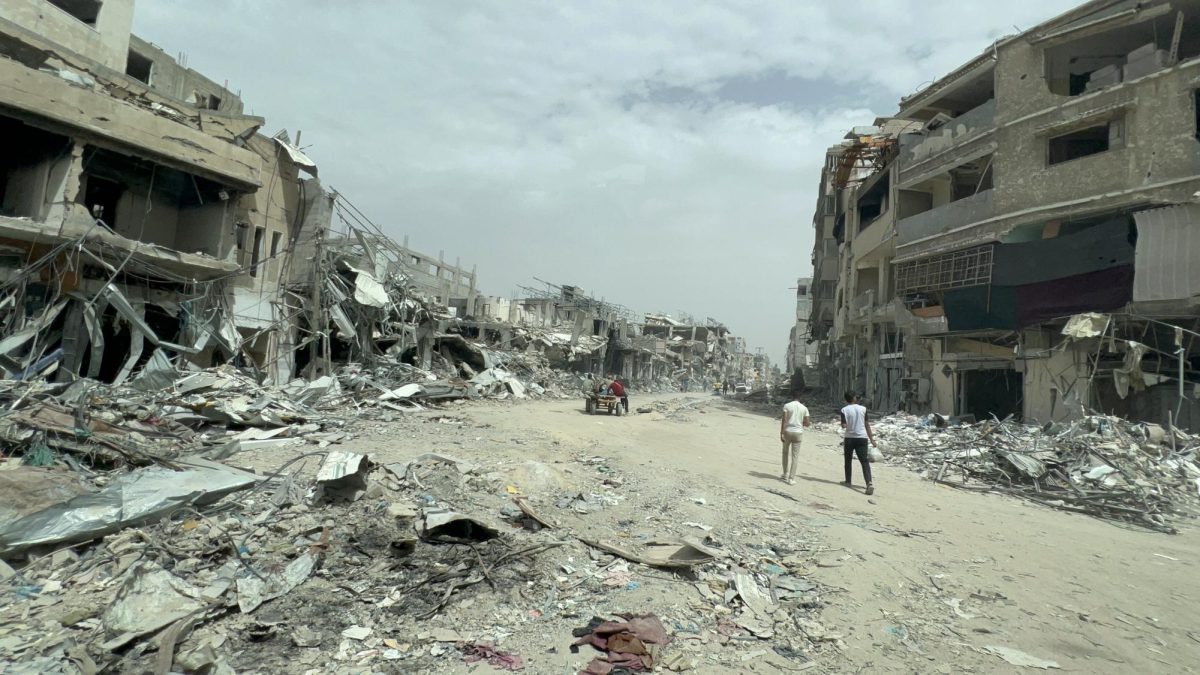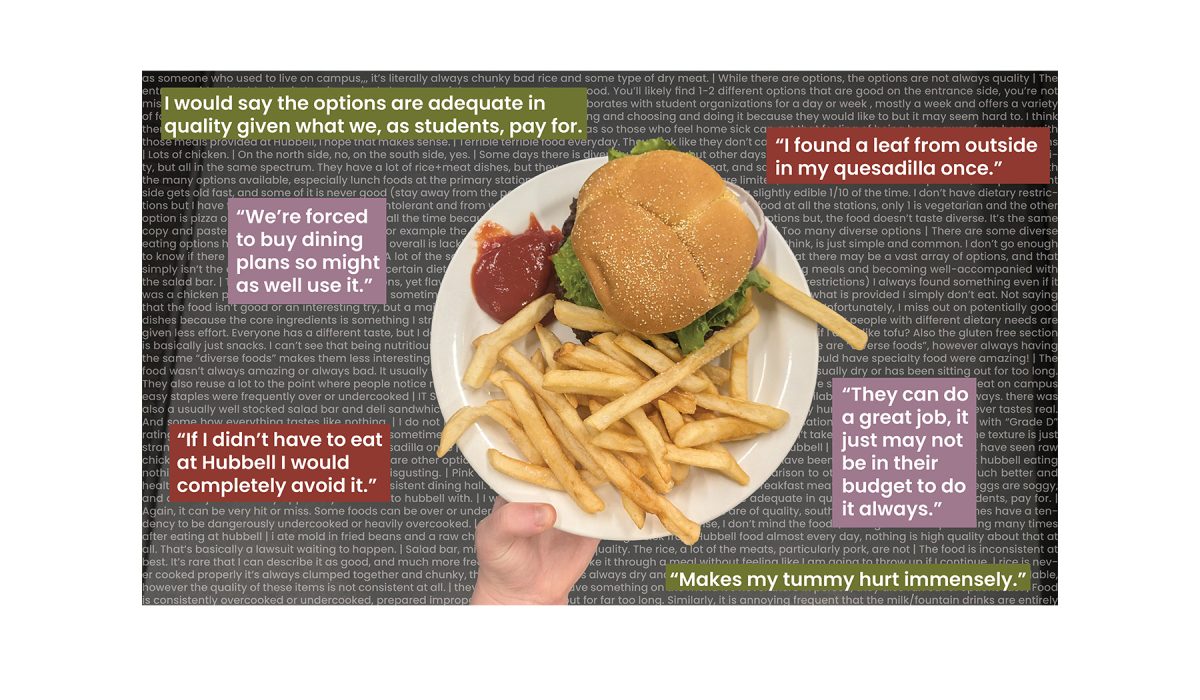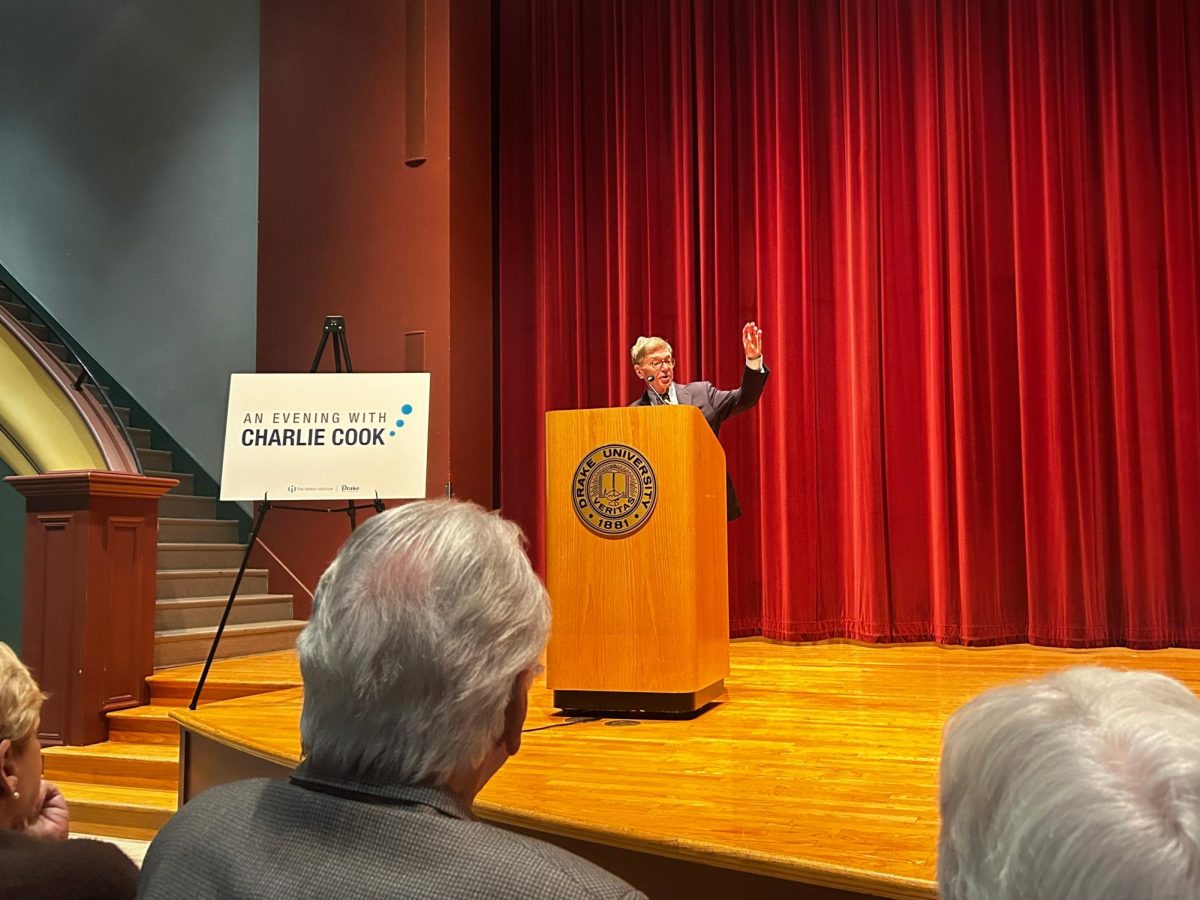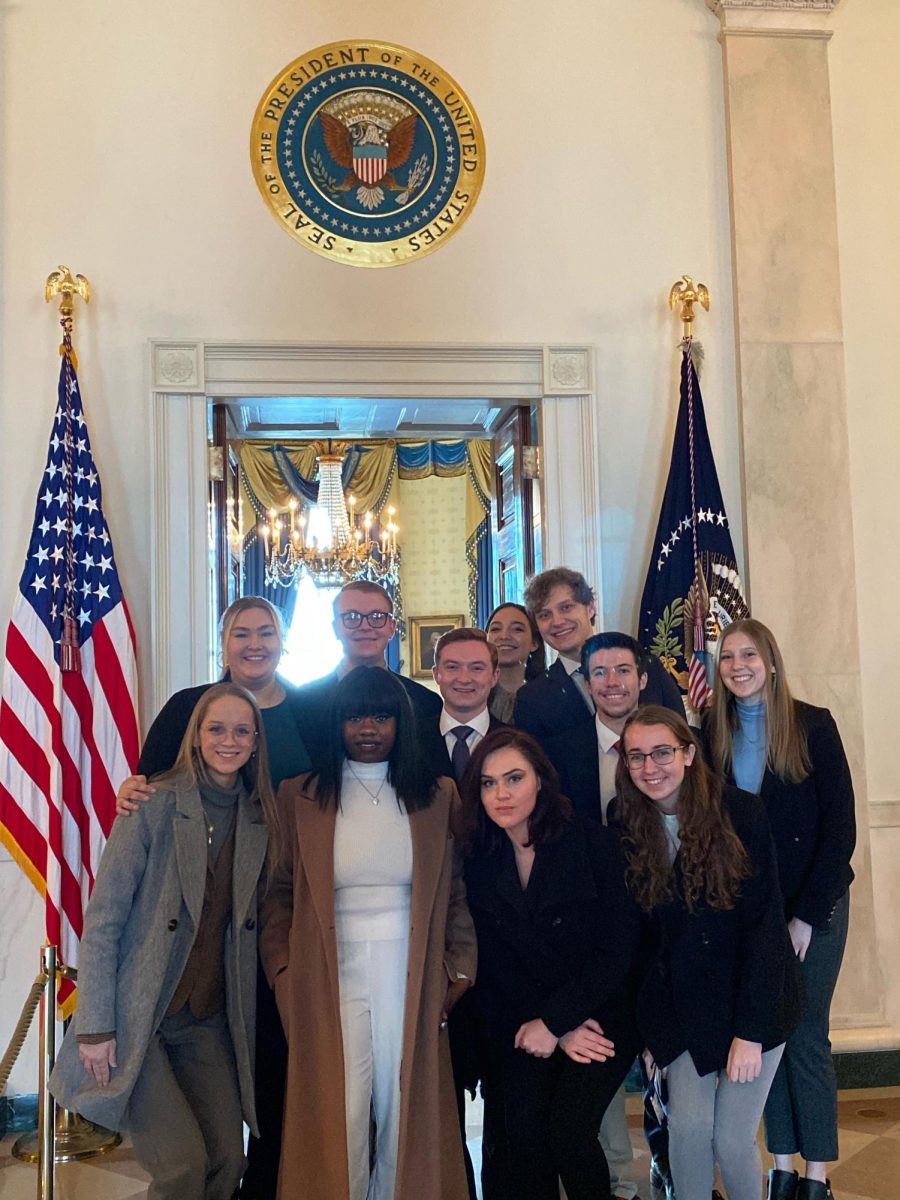by KENDALL HUNT
The world is yearning to be back to normal after seeing the devastating effects of COVID-19 outbreak. Eager to return, many states in the U.S. have taken the initiative to open certain areas again.
However, given that each state has a varying level of cases and the uncertainty, collegiate athletic programs and sports fans alike are wondering: When will NCAA sports return?
In a previous interview with ESPN, Mark Emmert, the NCAA president, does not think schools would be ready to compete in fall sports unless students return to campuses around the nation.
“All of the commissioners and every president that I’ve talked to is in clear agreement: If you don’t have students on campus, you don’t have student-athletes on campus,” Emmert said in an interview with ESPN. “That doesn’t mean [the school] has to be up and running in the full normal model, but you have to treat the health and well-being of the athletes at least as much as the regular students. … If a school doesn’t reopen, then they’re not going to be playing sports. It’s really that simple.”
While athletes, coaches and staff desperately want sports to return, the NCAA is prioritizing the health and well-being of student-athletes. NCAA Chief Medical Officer Brian Hainline has worked to offer resources to help answer the questions of athletes and coaches.
“It is also important to take into consideration that there will not be a quick, single day of re-emergence into society,” Hainline said in a NCAA statement. “We will re-emerge in a manner that recognizes COVID-19 will be around until there is an effective vaccine, treatment or both. That is why resocialization should be rolled out in a phased way that helps assure sustained low infection spread, as well as aids in the ability to quickly diagnose and isolate new cases.”
Despite the uncertainty surrounding the return of fall sports, the NCAA did publish the core principles and phases of re-socialization that must be followed if sports were to resume in the fall.
There are nine core principles the NCAA requires:
- There must not be directives at the national level that preclude resocialization.
- State and local authorities must have in place a plan for resocialization.
- There should be a plan in place at the university/college level for resocialization of students.
- There must be a plan in place at the university/college level for resocialization of student-athletes within athletics.
- There must be adequate personal protective equipment for athletics health care providers, and there must be sanitizers to manage infection control in all shared athletics space.
- There must be the ability to assess immunity to COVID-19 at a regional and local level. This could include immunity at the college campus, plus a more focused assessment of herd immunity for athletics teams.
- There must be access to reliable, rapid diagnostic testing on any individual who is suspected of having COVID-19 symptoms.
- There must be in place a local surveillance system so that newly identified cases can be identified promptly and isolated, and their close contacts must be managed appropriately.
- There must be clearly identified and transparent risk analyses in place. Such risk analyses consider issues such as economics, education, restoration of society, and medical risk of sport participation, including COVID-19 infection and possible death.
In addition to the principles, the NCAA released three phases that a college must go through to reimplement fall sports.
The first phase lasts 14 days and requires that vulnerable athletes, coaches and athletics personnel continue to shelter in place. Physical distancing should continue, and gatherings of 10 or more should be avoided unless physical distancing and sanitation are in place. Gyms and athletic common areas should remain closed, and virtual meetings should be encouraged. Travel should also be minimized.
The second phase also has a longevity of 14 days. In this phase, vulnerable individuals should continue to shelter in place, as well as physical distancing. Gatherings of 50 people should be avoided. Gyms and athletic common areas should still remain closed, and virtual meetings should be encouraged. Travel may resume, however.
The third and final phase lasts 14 days and it allows student-athletes and coaches to resume in-person interactions but with physical distancing when possible. Gyms and athletic common areas can reopen if sanitation protocols are implemented. Unrestricted staffing may resume as well.
After 42 days following the phase rules and passing the NCAA core principles, collegiate sports may return to normal. The process may seem tedious and will be difficult for athletes and staff, but the NCAA believes the phases and principles are necessary to ensure the safety and health of everyone.

